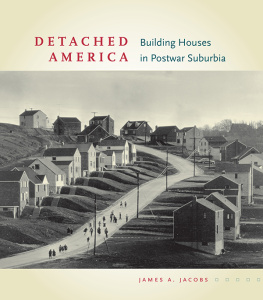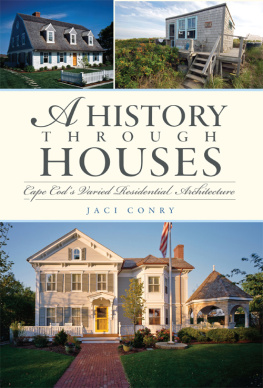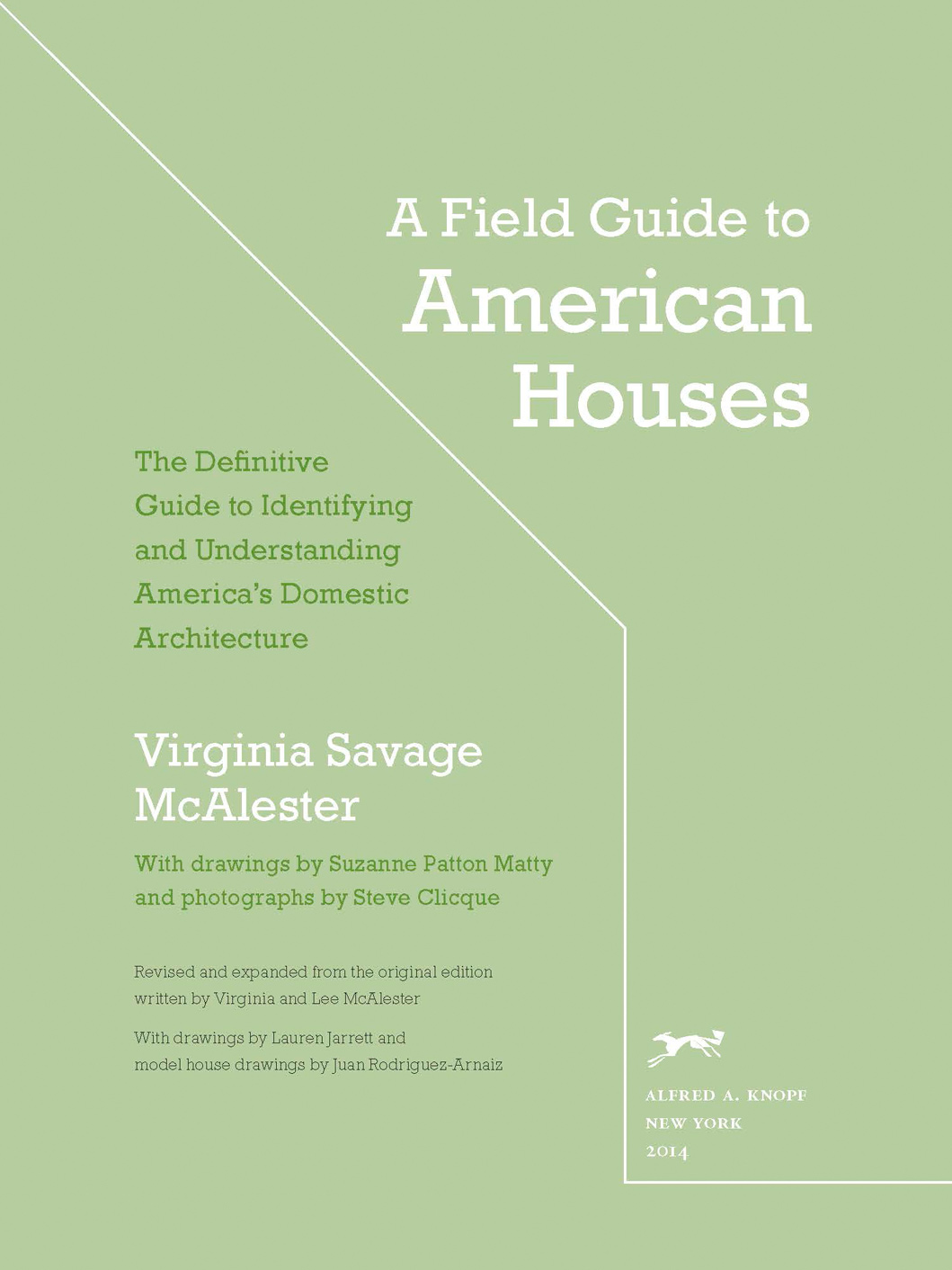Clicque Steve - A Field Guide to American Houses (Revised): The Definitive Guide to Identifying and Understanding Americas Domestic Architecture
Here you can read online Clicque Steve - A Field Guide to American Houses (Revised): The Definitive Guide to Identifying and Understanding Americas Domestic Architecture full text of the book (entire story) in english for free. Download pdf and epub, get meaning, cover and reviews about this ebook. City: United States, year: 2013;2017, publisher: Knopf Publishing Group;Penguin Random House LLC; Alfred A. Knopf, genre: Detective and thriller. Description of the work, (preface) as well as reviews are available. Best literature library LitArk.com created for fans of good reading and offers a wide selection of genres:
Romance novel
Science fiction
Adventure
Detective
Science
History
Home and family
Prose
Art
Politics
Computer
Non-fiction
Religion
Business
Children
Humor
Choose a favorite category and find really read worthwhile books. Enjoy immersion in the world of imagination, feel the emotions of the characters or learn something new for yourself, make an fascinating discovery.

- Book:A Field Guide to American Houses (Revised): The Definitive Guide to Identifying and Understanding Americas Domestic Architecture
- Author:
- Publisher:Knopf Publishing Group;Penguin Random House LLC; Alfred A. Knopf
- Genre:
- Year:2013;2017
- City:United States
- Rating:4 / 5
- Favourites:Add to favourites
- Your mark:
A Field Guide to American Houses (Revised): The Definitive Guide to Identifying and Understanding Americas Domestic Architecture: summary, description and annotation
We offer to read an annotation, description, summary or preface (depends on what the author of the book "A Field Guide to American Houses (Revised): The Definitive Guide to Identifying and Understanding Americas Domestic Architecture" wrote himself). If you haven't found the necessary information about the book — write in the comments, we will try to find it.
Focusing on dwellings in urban and suburban neighborhoods and rural locations all across the continental United States--houses built over the past three hundred years reflecting every social and economic background--this guide provides in-depth information on the essentials of domestic architecture with facts and frames of reference that will enable you to look in a fresh way at the houses around you. With more than 1,600 detailed photographs and line illustrations, and a lucid, vastly informative text, it will teach you not only to recognize distinct architectural styles but also to understand their historical significance. What does that cornice signify? Or that porch? The shape of that door? The window treatment? When was this house built? What does the style say about its builders and their eras? Youll find the answers to these and myriad other questions in this encyclopedic and eminently practical book.
Here are more than fifty styles and their variants, spanning seven distinct historical periods. Each style is illustrated with a large schematic drawing that highlights its most important identifying features. Additional drawings and photographs provide, at a glance, common alternative shapes, principal subtypes, and close-up views of typical small details--windows, doors, cornices, etc.--that can be difficult to see in full-house illustrations. The accompanying text explains the identifying features of each style, describing where and in what quantity they can be found, discussing all of its notable variants, and tracing their origin and history.
The books introductory chapters provide invaluable general discussions of construction materials and techniques, house shapes, and the various traditions of architectural fashion that have influenced American house design through the past three centuries. A pictorial key and glossary simplifies identification, connecting easily recognized architectural features--the presence of a tile roof, for example--to the styles in which that feature is likely to be found.
Among the new material included in this edition are chapters on styles that have emerged in the thirty years since the previous edition; a groundbreaking chapter on the development and evolution of American neighborhoods; an appendix on approaches to construction in the twentieth and twenty-first centuries; an expanded bibliography; and 600 new photographs and line drawings throughout.
Here is an indispensable resource--both easy and pleasurable to use--for the house lover and the curious tourist, for the house buyer and the weekend stroller, for neighborhood preservation groups, architecture buffs, and everyone who wants to know more about their own homes and communities. It is an invaluable book of American architecture, culture, and history.
Clicque Steve: author's other books
Who wrote A Field Guide to American Houses (Revised): The Definitive Guide to Identifying and Understanding Americas Domestic Architecture? Find out the surname, the name of the author of the book and a list of all author's works by series.








